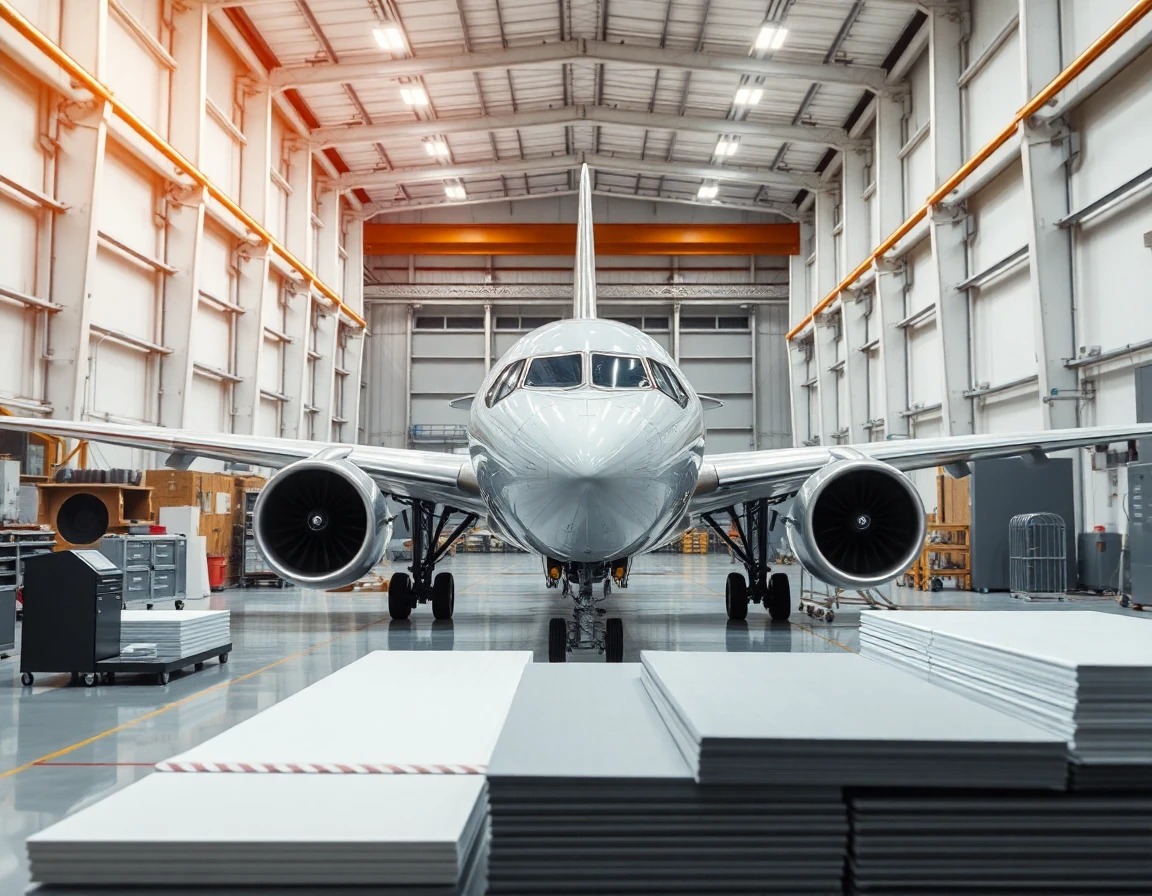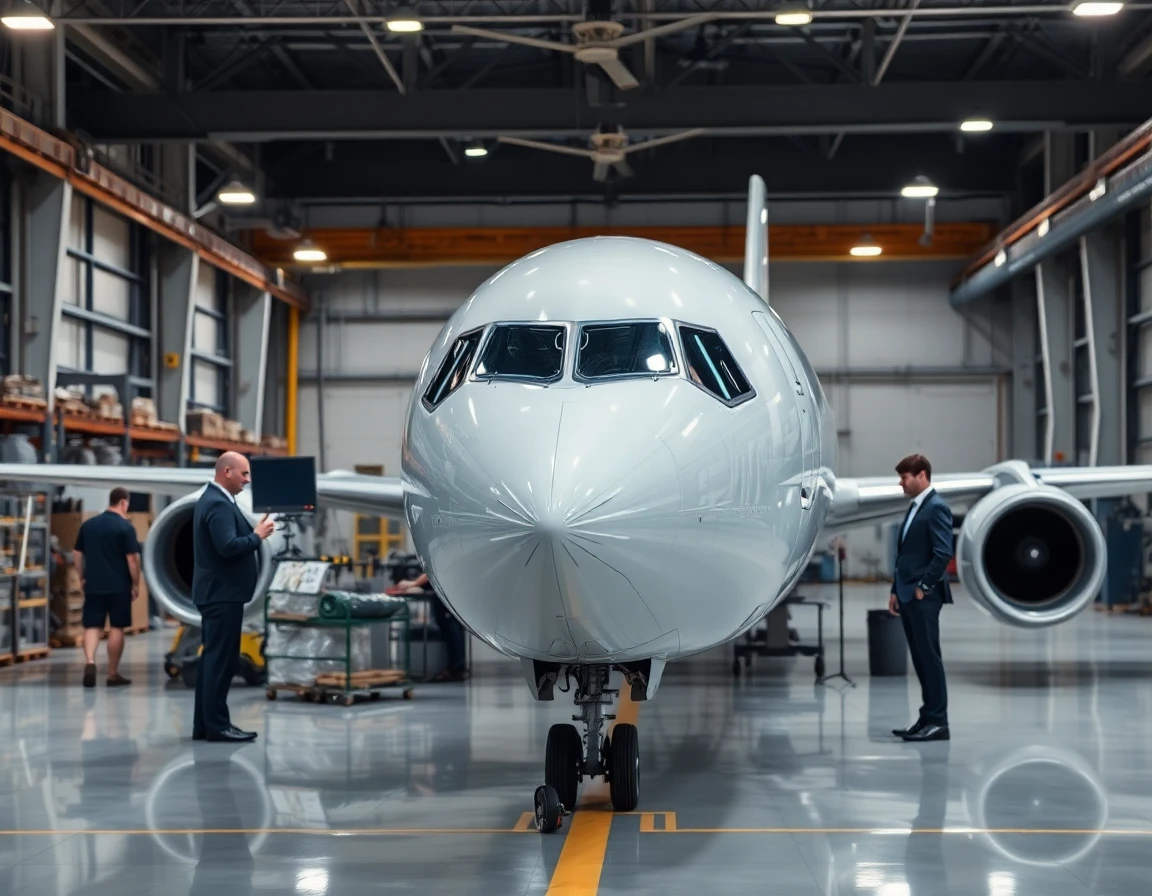Introduction
The aerospace industry is on the brink of a materials revolution, driven by innovative production techniques and the relentless pursuit of efficiency and performance. The emergence of advanced aerospace materials is not only redefining aircraft design but also enhancing operational capabilities. This article explores the transformative impact of these materials and technologies on aerospace production.
The Importance of Aerospace Materials
Aerospace materials are crucial for ensuring the safety, performance, and efficiency of aircraft and spacecraft. These materials must withstand extreme conditions, including high temperatures, pressure changes, and corrosive environments. Traditional metals like aluminum and titanium are being supplemented—and in some cases replaced—by advanced composites and alloys that offer superior strength-to-weight ratios, thermal resistance, and durability.
Advanced Composite Materials
One of the most significant innovations in aerospace materials is the development of advanced composite materials, such as carbon fiber reinforced polymers (CFRPs). CFRPs are lightweight yet strong, making them ideal for aircraft structures, especially in commercial aviation where fuel efficiency is a top priority. According to aerospace expert Dr. Emily Chen, “The shift to composite materials can result in weight reductions of up to 20% in airframes, translating to substantial fuel savings over the aircraft’s lifetime.”
Innovative Manufacturing Techniques
The manufacturing processes for aerospace materials are also undergoing a transformation. Additive manufacturing, commonly known as 3D printing, allows for complex geometries that were previously impossible to achieve. For example, companies like GE Aviation are using additive techniques to produce engine components that are lighter and more efficient. This not only enhances performance but also reduces the amount of material waste during production.
Thermal Management Systems
A critical area of focus in aerospace materials development is the integration of effective thermal management systems. As aircraft operate at higher speeds and altitudes, the heat generated can compromise material integrity. Advanced thermal management systems, which include innovative heat-resistant materials and coatings, are being developed to address this challenge, ensuring that components can withstand extreme thermal conditions without failure.
The Role of Precision Accelerometers
To enhance the performance of aerospace materials, there is also an increased integration of high-precision accelerometers. These devices provide accurate motion sensing, which is essential for flight control and navigation. As materials become lighter and more complex, the need for precise measurement technology becomes imperative to maintain operational safety and efficiency. The integration of precision accelerometers into new aerospace materials could lead to more responsive and agile flight systems.
Future Developments and Impacts
The ongoing advancements in aerospace materials and manufacturing techniques have far-reaching implications for the industry. With the demand for more fuel-efficient and environmentally friendly aircraft on the rise, companies are investing heavily in research and development. This includes exploring new materials such as lightweight metallic alloys and bio-inspired designs that mimic natural systems for enhanced performance.
According to aerospace analyst Mark Thompson, “The future of aerospace materials lies in the ability to create hybrid systems that combine the best properties of various materials. This not only improves aircraft performance but also extends the lifespan of components, reducing maintenance costs.”
Conclusion
The transformation of aerospace materials and manufacturing processes is paving the way for a new era in aviation. As the industry embraces innovation, the focus will continue to shift towards materials that offer enhanced performance, sustainability, and efficiency. The integration of advanced technologies such as thermal management systems and precision accelerometers will play a vital role in this evolution, ensuring that the aerospace sector remains at the forefront of technological advancement.
As these developments continue to unfold, stakeholders across the aerospace industry must adapt and invest in new materials and techniques to stay competitive in a rapidly changing landscape. The future is bright for aerospace materials—one that promises to redefine flight as we know it.



